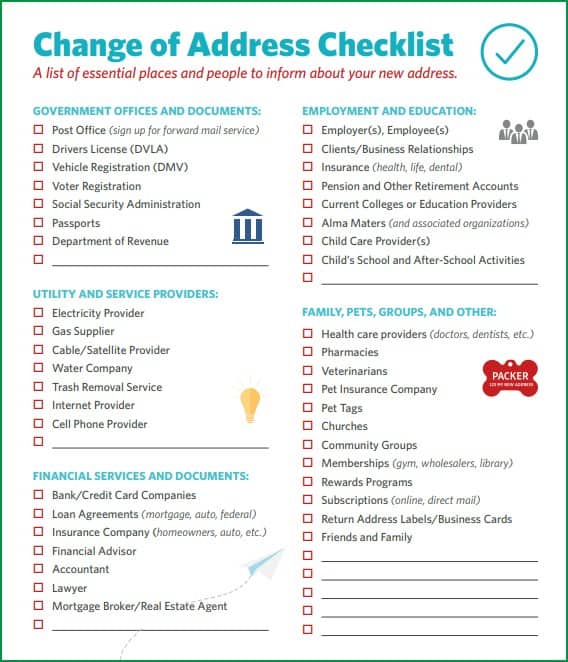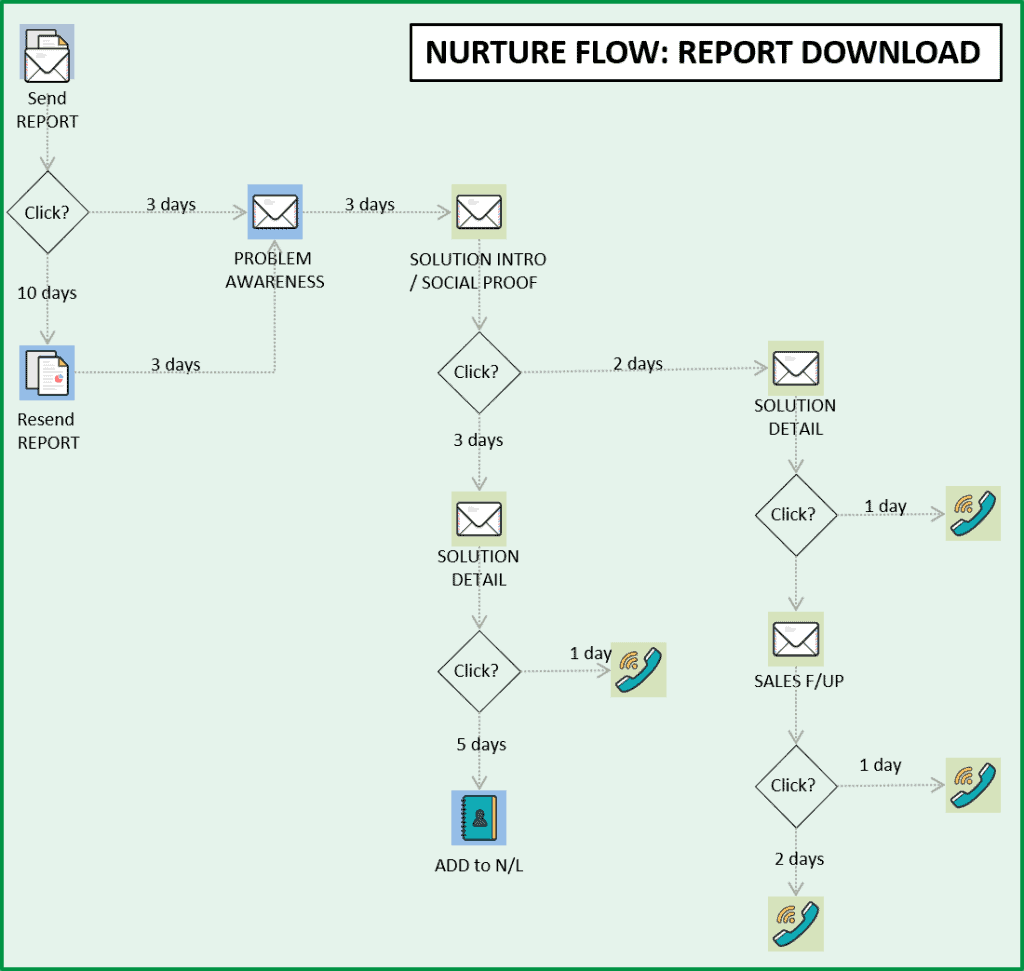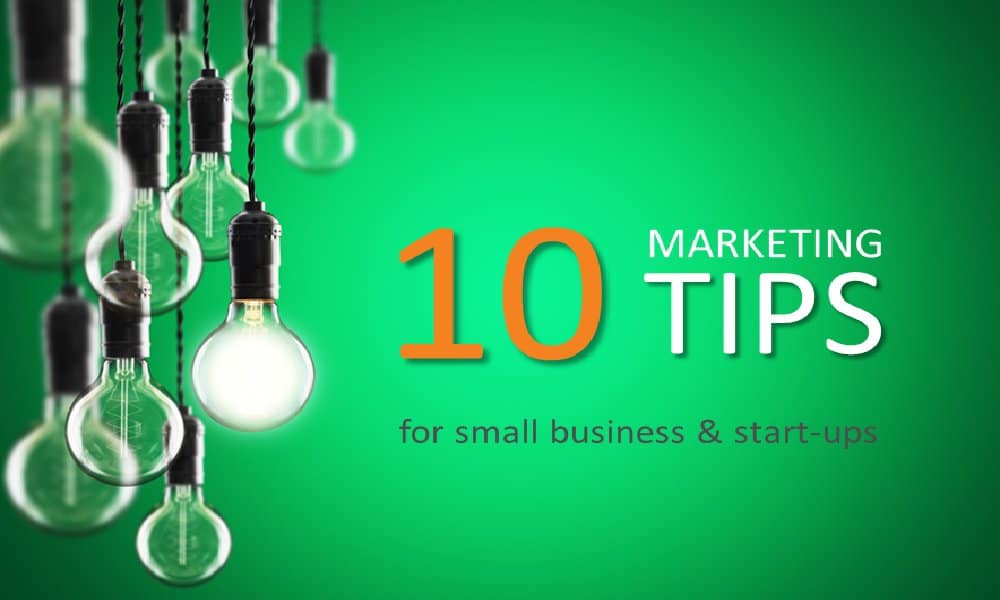Lead magnets are a key element in content marketing. A good one can make all the difference to the number of leads you acquire from your website and online marketing. There are 5 key questions you need to consider when designing a lead magnet for your business.
Before exploring those questions, let’s make sure the basics are clear
What is a lead magnet and why do you need one?
A lead magnet is any piece of content which you give to people in exchange for their contact details.

Your lead magnet turns a random visitor to your website (or a random viewer of your online ad) into a lead. A person with some contact details whom you can interact with.
The contact details may be minimal – maybe just an email address – or you may choose to collect more information. A name, a company, a phone number. The job title. Even some details about the type or size of business. Be warned, the more information you require in exchange for your content, the fewer people will sign up and turn into leads. And the higher their expectations will be. It’s a value exchange – the more you want them to trust you, the more you have to deliver.
Clearly, the reason you want a lead magnet is that you want to generate more leads.
So, how do you go about designing a lead magnet which will deliver results for your business?
1. What’s the value for your potential customer?
A lot of marketers talk about the ‘topic’ of your lead magnet, but I prefer to go right back to basics and consider the customer.
You might think you’re giving this content away for free, but people are savvy these days. They know that they’re sharing their details with you. You need to make it worth their while. What’s the payoff for them?
Just like any other piece of content – indeed more than any other piece of content – your lead magnet should help, inform, educate and entertain your target customer. What ideas can you come up with? Where do you look for ideas?
- Ask your customers.
What do people always ask you about? Are there specific points or issues in your industry where things go off the rails? What should they know to avoid those issues?
If you have sales people or customer service staff, ask them these questions as well. - Visit industry websites. Look at the issues raised there, the topics which create lots of conversation. Those are good ones to explore.
- Look at competitor websites. See what they’re offering as lead magnets. See what they’re giving away for free. There’s no point in creating an e-book with information your top competitor shows for free, with a promotion on their home page.

- Interrogate your own website. If you run a blog, which articles get most views? Most comments? Look in Google Search Console at the search terms which bring people to your site.
By now you should have a list of some topics, issues or areas where you can add value to your potential customers. Time for the next step in designing your lead magnet.
2. What’s the best format for your lead magnet?
Your lead magnet can be any type of content. Perhaps the most obvious is an e-book. It could also be a downloadable checklist, an online calculator, a quiz which analyses them and provides feedback or recommendations based on their answers. There are so many potential formats. How do you decide?
Consider your content
Sometimes the content of your proposed lead magnet will decide the format for you. For example,
- If you’re a career coach helping people become better manager, you might want to help people identify their leadership style. A quiz is an obvious option.

- If you’re a removalist, all your customers are moving house. There are a lot of tasks they’ll need to do – not just packing up the house, but organising utilities, updating their driver’s licence, getting new home insurance and so on. A checklist or a calendar is an ideal option to help them manage this process.

Consider your client (again)
You should also consider what formats are most appealing and helpful for your client? For example,
- A busy small business owner probably won’t have the time to read a densely packed e-book of 50 pages. Even if they’re interested in the topic. They need a few pages with the key points and actions clearly listed.
- The CIO or Head of IT for a major corporate, who’s looking to bring the company’s e-security up to date, is far more likely to be interested in this format. In fact, if you have a quick one-pager, they may dismiss you as not serious or detailed enough to look after their operation.
Consider the buyer journey for your clients
You may also find there’s value in designing different lead magnets for customers at different stages of the buying process.
Let’s say you’re a luxury home builder.
- Lots of people dream of building their own home, to their own specifications. A simple downloadable resource listing ‘7 things to consider before you start building your custom home’ will appeal to these people.
- A smaller number of people get serious. Have a rough plan. Want to know if they can afford it. An online ‘estimator tool’ would be very helpful to these people’.
Note that the second option will involve a lot more effort on their part. They’ll have to answer questions about the number of rooms, the type of materials and so on. On the other hand, they’re far more serious buyers.

As a general rule, there are more customers in the early stages of the buyer journey. By designing a lead magnet for these people, you get more leads and you connect with them earlier in the process – hopefully before your competitors do! That’s one reason why most lead magnets target this stage. Another reason, which relates to our next question, is that they’re often easier to develop.
3. What is the cost to develop your lead magnet?
As a general rule, a downloadable guide, checklist e-book is easier and cheaper to develop than an online cost calculator.
Measure the cost of developing your lead magnet not just in money, but in time too. Both can depend on the skills you have in-house.
- If you hate writing, creating an e-book could be difficult. (Or you could ask us to do it for you!)
- If you’re in a programming business, some kind of calculating or assessment tool may be easier for you than it would be for a videographer.
These first three questions should give you some ideas about the content and format of an affordable lead magnet for your business. But before you create it and post it on your website – and certainly before you spend money promoting it with online ads, there are two more things to consider.
4. How are you going to follow up once people get your lead magnet?
There’s no point in connecting with people, providing something they value, then ignoring them. You need to do something to stay in touch and build the relationship.
You can just add them to your newsletter list, but this is rarely the most effective option.
In the most common lead magnet scenario, people download something on a specific topic. These people are actively interested in that specific topic, right now. A great followup process is to send various emails at regular intervals with more helpful content related to the original lead magnet. You set this up with a simple email automation. The technology is simple – the challenge is in working out what content to include in those emails.

5. How are you going to track performance?
Do you have goals for your lead magnet? If people are downloading something, how will you know whether they actually open or read it?
You might think it doesn’t really matter. You have their details now, after all, so who cares whether they read your e-book? Actually, you do.
If they read your book or used your checklist or printed out the hints for their leadership style, you provided some value. These leads have a little more relationship with you than the ones who said ‘I’ll do it later’ but never got around to it.
Some ideas:
- Track downloads
- If you send an email with a link to your lead magnet, track opens and clicks.

My personal recommendation is that you send this kind of email. It not only acts as a reminder to the lead, it helps them find your content at a later date. - Ask a question or set a task which they should report back to you on. Automation is a fantastic thing – you can send different followup emails depending on whether they click, watch, respond or what. And any feedback is good feedback!
Is your website converting visitors into leads successfully? If not, maybe it’s time to design a lead magnet which ticks all the boxes above and adds value for your potential customers and for you.






